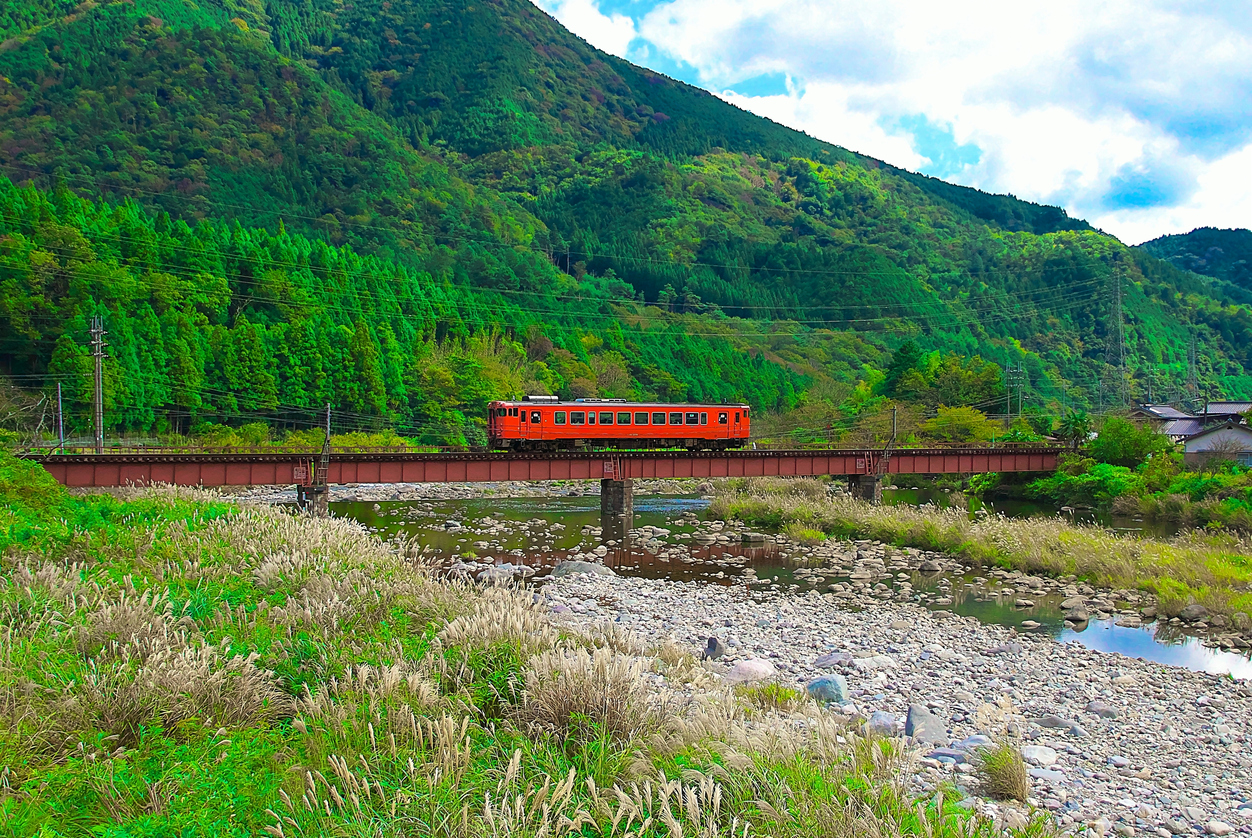2022/09/09
JR Shikoku Announces All Its Lines Fallen into the Deficit; Optimal Local Transportation Network for the Future to be Considered from a Very Long-Term Perspective

(The original article in Japanese was posted on May 20, 2022)
On May 17, Shikoku Railway Company (JR Shikoku) announced its revenue and expenditure by route in FY2020. The Honshi-Bisan Line (between Kojima to Utazu) connecting Okayama prefecture and Shikoku region, the only profitable line in the previous fiscal year, also fell into the red, resulting in all eight lines and 18 routes in the red.
JR Shikoku said that the purpose of the announcement of the balance was to “gain understanding of the difficult situation among all stakeholders and move a conversation forward on fares and the ideal structure of railway networks,” and not to create a consensus toward the “closure” of the lines. However, there is no doubt that the announcement has created a stir in discussions with local governments, which have been at loggerheads over the continuation of the lines.
According to published data, the average cost (operating coefficient) required to earn 100 yen on all routes is 268 yen, and the worst is 1,401 yen of the route between Kita-Uwajima and Wakai on the Yodo Line. Judging from the profitability of individual routes, it must be said that it is difficult to maintain the operations.
JR Shikoku’s consolidated financial results for FY2021 show operating revenue of 31.1 billion yen and an operating loss of 22.1 billion yen, which will be covered by non-operating income including gains from the management stability fund, leaving an ordinary loss of 3.2 billion yen and a net loss of 5.2 billion yen. The non-consolidated operating loss of the railroad business, amounted to 20.3 billion yen, is tremendously heavy.
Needless to say, the decrease in the number of train users was triggered by the increase in the number of car users. The national government has been promoting the “Shikoku Figure 8 Network” project, which connects four prefectures in Shikoku region by highways whose shape is similar to the number “8.” The first expressway opened in Shikoku in 1985, and the report released on the 30th anniversary of the opening stated with pride in the region’s accomplishments, “The number of people traveling by car in each prefecture has increased 1.5 to 5 times since the opening of highways. Also, the number of express highway bus users between Honshu (the main island of Japan) and Shikoku region has increased sevenfold.” As of last year, 70% of the highway networks planned had been completed, and there are high expectations for the construction of the unopened sections connecting the coastal areas of Kochi prefecture with Tokushima and Ehime prefectures, respectively. The completion of the expressway networks is indeed a “long-cherished wish” of the local people.
During the Golden Week this year, a major holiday season in Japan, the number of highway users in Shikoku region recovered to 70% of what it was before the coronavirus pandemic started. On the other hand, the number of seat reservations for JR Shikoku was only half of those in the pre-COVID-19 period. Roads precede railroads also in respect of recovery from the pandemic. Nevertheless, the roads may not necessarily be continuously prosperous in the long run. Regarding West Nippon Expressway Company Limited (NEXCO West)’s highway business, an operating margin was expected to be just 0.03% in the fiscal year ended March 31, 2022, and even in the fiscal year ended March 31, 2020, before the COVID-19 pandemic, it was only 0.24%. It is not difficult to imagine that the pillars of revenue are inter-metropolitan roads such as the Meishin and Sanyo Expressways. The impacts of population decline and shrinking domestic demand will first become apparent in the rural areas. Sooner or later, the “Shikoku Figure-8 Network” project will face the same problems as what JR Shikoku currently has. If we judge the profitability of each section of roads as well as that of the railroads, large deficits will eventually become inevitable. How do we maintain the public transportation infrastructure in rural areas? We need to discuss this from a long-term perspective, and different viewpoints from those of operating companies.
This Week’s Focus, May 20
Takashi Mizukoshi, the President